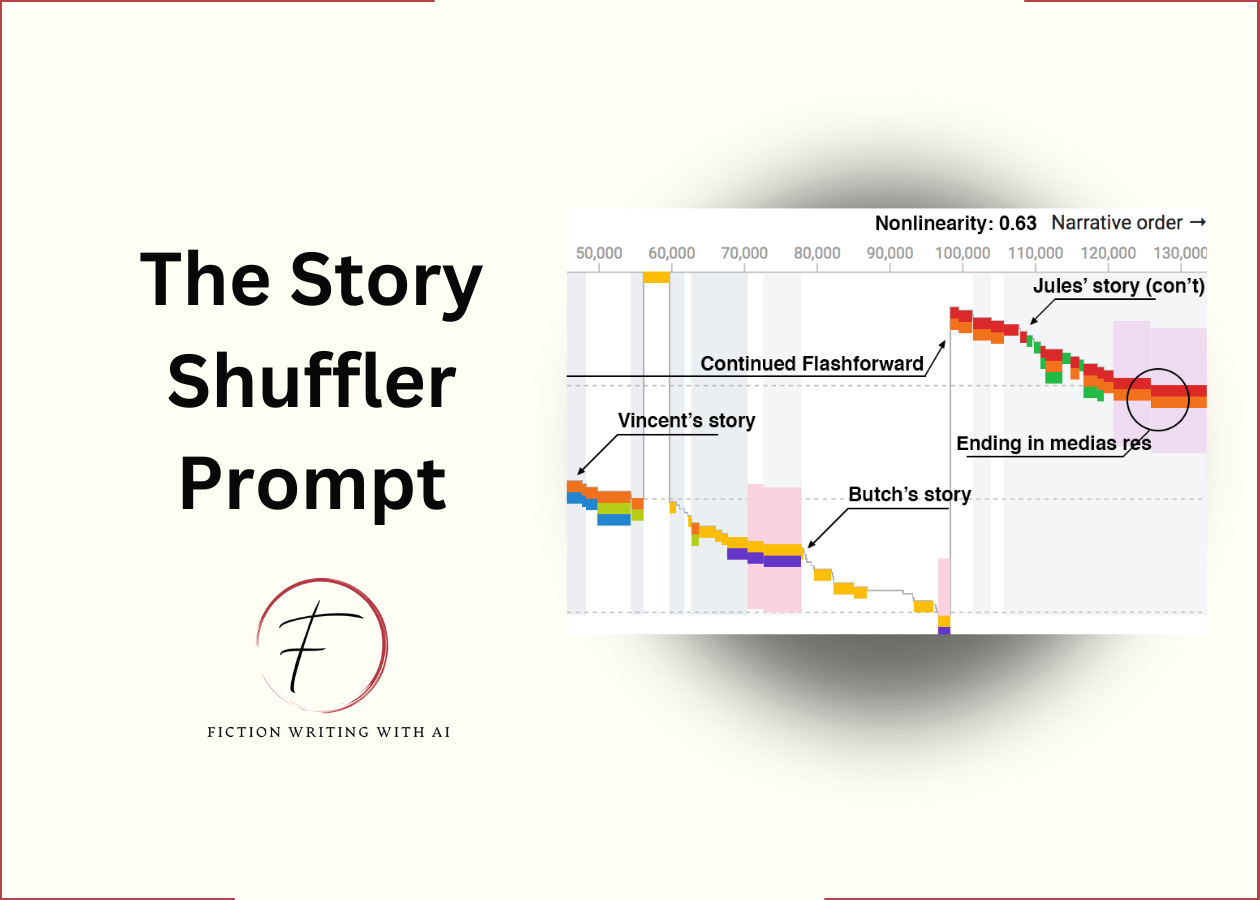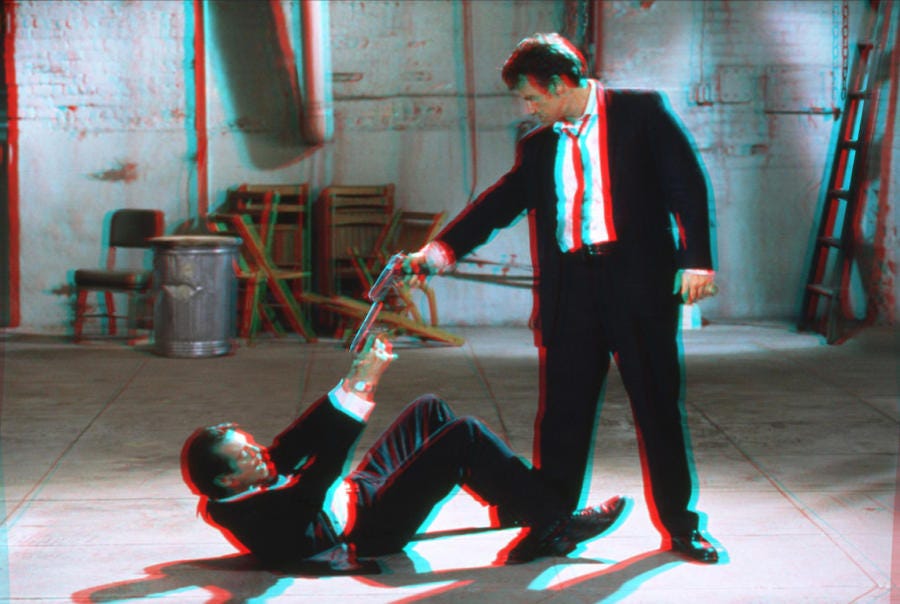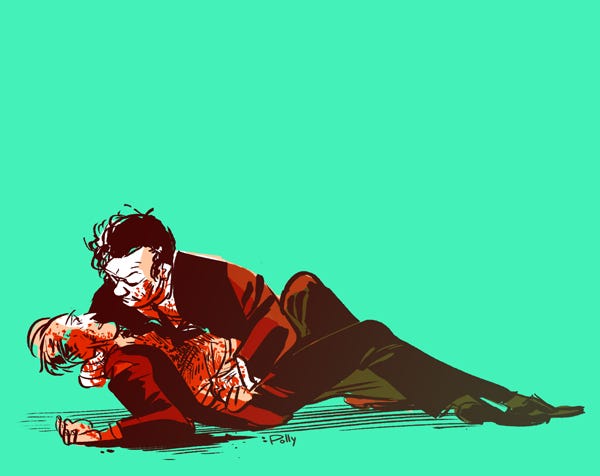I’d bet my life savings Quentin Tarantino is the last great screenwriter of this century.
Not because of Kill Bill, Pulp Fiction, or Reservoir Dogs.
But because he found a secret method to irresistible storytelling:
It's called Non-linear Storytelling.
You Don't Have To Tell A Story In Chronological Order.
…as long as you hit the emotional beats in the right order.
Tarantino mastered this. His non-linear storytelling in Pulp Fiction was a viral success. Tons of screenwriters tried to copy his style. But most failed. Why? Because when you mess with the familiar 3-act structure, it’s easy to lose your audience.
The key?
Arrange scenes to build suspense, tension, and surprise, no matter the order of events.
Here are 3 examples of how Tarantino broke traditional storytelling rules (and how you can use AI to replicate it):
Example #1: Split Your Story Thematically
Kill Bill is split into 2 volumes along theme lines:
Vol 1: Vengeance: The Bride's singular focus to exact revenge.
Vol 2: Confront: Uncover the emotional and moral complexities of the Bride.
By thematically structuring Kill Bill into two volumes, Tarantino creates a non-linear narrative that allows him to:
Build suspense
Explore character depth
Contrast action with emotion
He uses this thematic split to shape the tone and pacing of each volume. In Vol 1, terse, action-driven dialogue dominates, while Vol 2 shifts to introspective conversations that reveal character motivations
Check out this scene that’s 10x more intriguing by using precise dialogue:
Example #2: Use Flashbacks To Create Curiosity
In Reservoir Dogs, the story opens with the aftermath of a heist gone wrong.
Flashbacks allow the film to explain the tension between Mr. Orange (undercover cop) and Mr. White.
Mr. Orange is severely wounded but Mr. White refuses to take him to the hospital, believing Mr Orange might report him.
Ultimately, Mr. Orange's gunshot wound proves fatal.
In the climactic ending, White cradles the dying Orange after discovering Orange's true identity.
Flashbacks in Reservoir Dogs are crucial for deepening the audience's understanding of:
Motivations
Relationships
Overall narrative tension
Here’s Tarantino explaining how he had to protect Reservoir Dogs's script against critics:
Example #3: Link Scenes Through Recurring Characters
Finally, in Pulp Fiction, the opening diner scene is the end of the story.
Hitmen Vincent & Jules appear in multiple plots. Their interactions reveal character and theme.
Here's Tarantino on how the idea came to him:
Want To Use This Technique?
Here's how to master the non-linear story:
Identify the emotional high points of the acts.
Shuffle events:
Place high-impact scenes first to hook readers
Alternate between times to reveal motivations
Use rich context dialogue to glue the timeline together
StoryBrain on YouTube had a great analysis:
Here's an AI prompt to help you shuffle your story:
Keep reading with a 7-day free trial
Subscribe to Fiction Writing With AI to keep reading this post and get 7 days of free access to the full post archives.






